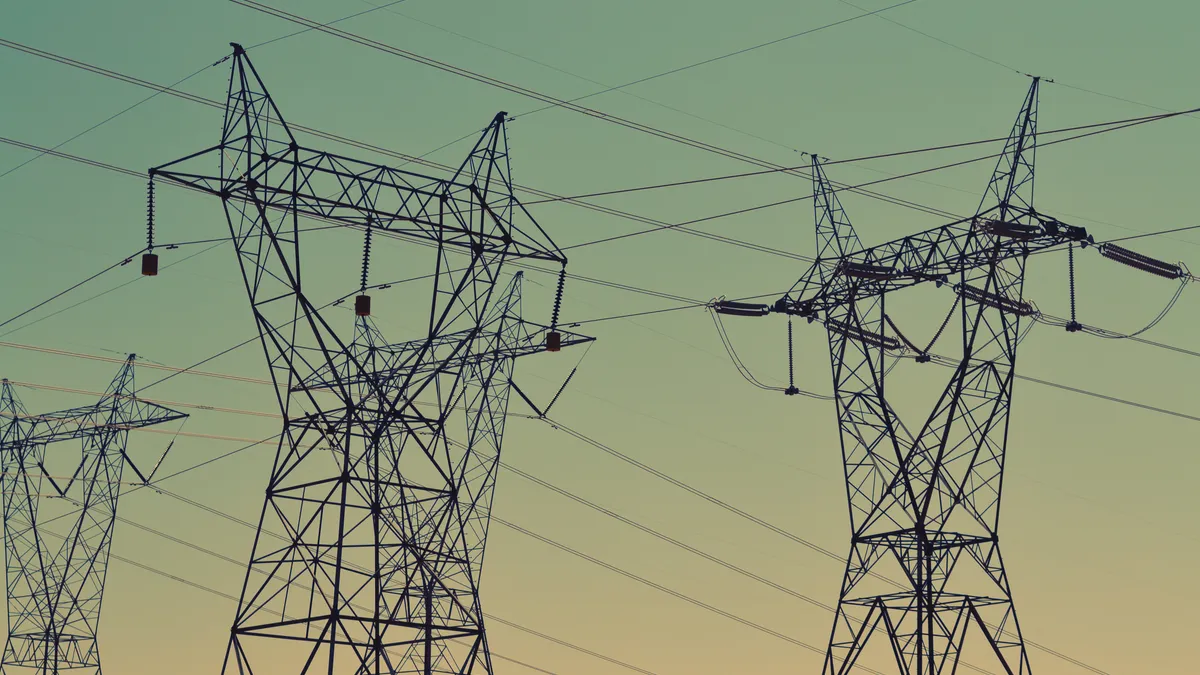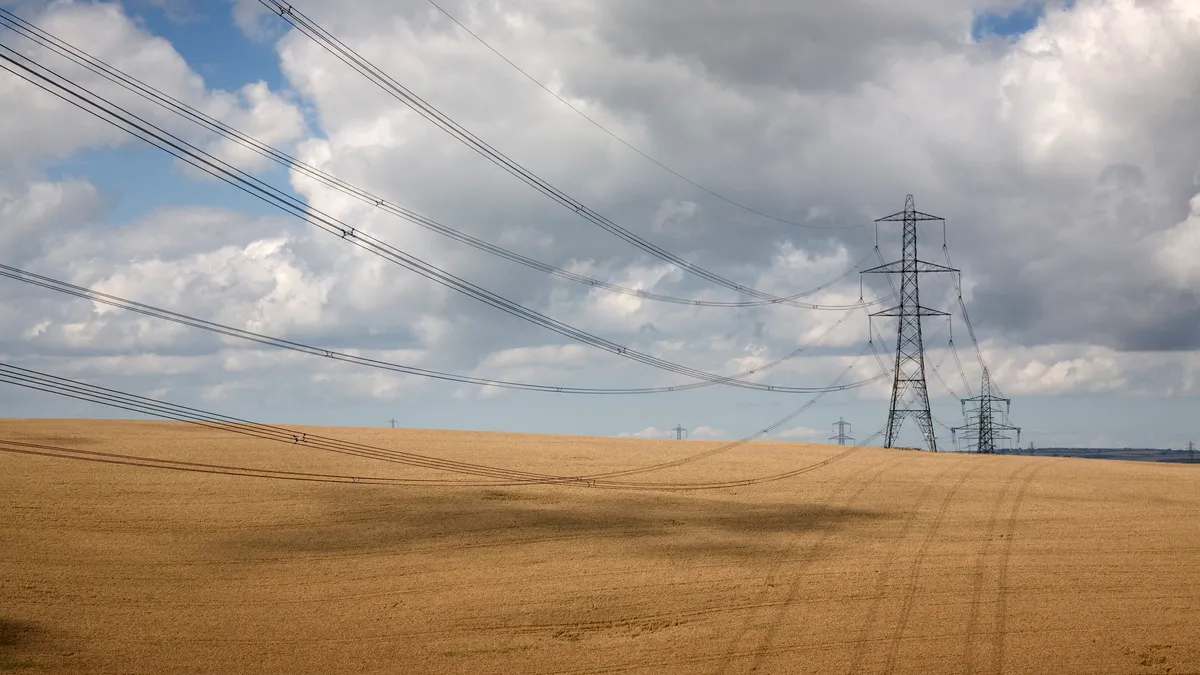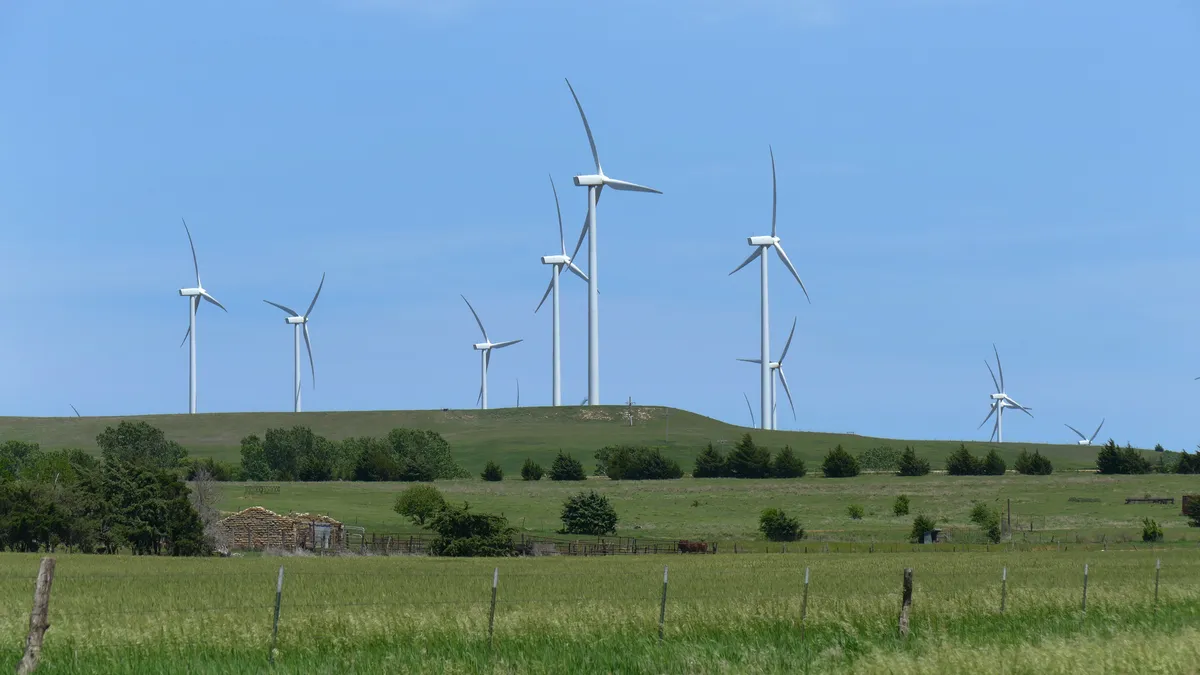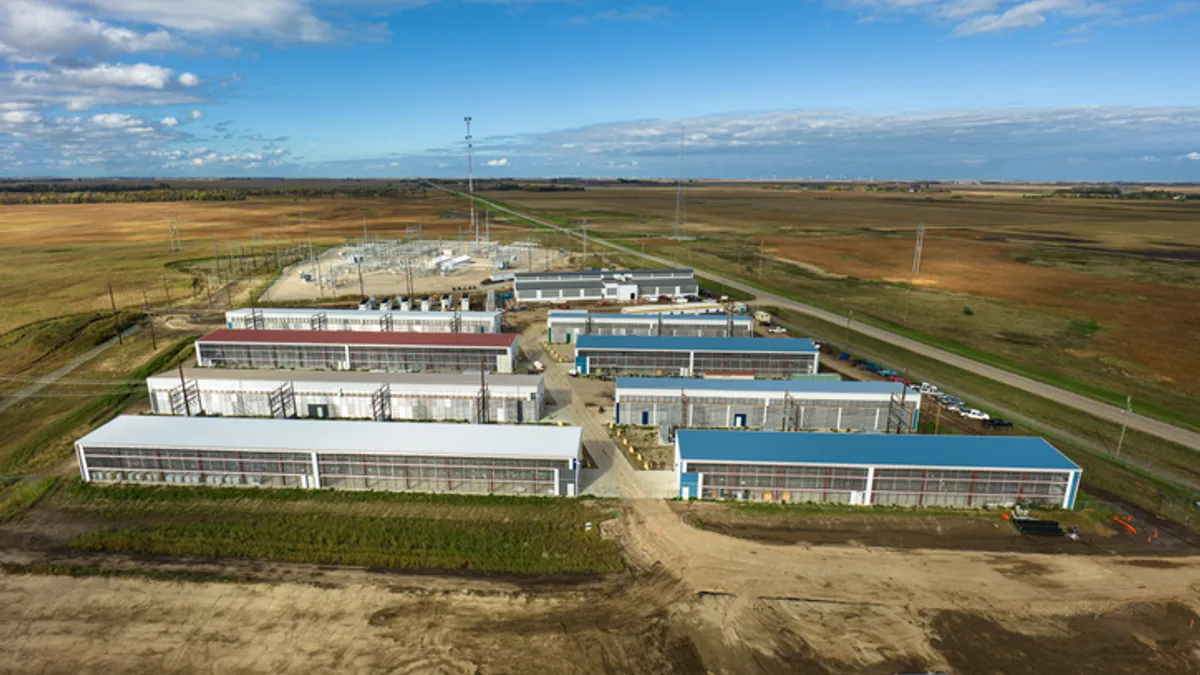Economic restrictions related to the COVID-19 pandemic are easing in some parts of the country as temperatures have begun to warm. As a result, grid operators are now seeing electricity demand rise after a significant drop this spring, leading to concerns about their ability to keep the lights on — and how outages could impact vulnerable populations.
"Utilities may not be well-prepared to deal with the challenges imposed by COVID," Yury Dvorkin, assistant professor of electrical and computer engineering at the New York University Tandon School of Engineering, told Utility Dive. "At all levels, it seems grid operators tend to underestimate the issue."
Those concerns were echoed by Lawrence Orsini, founder and principal of microgrids company LO3 Energy.
"There will be blackouts across the US this summer if people are still sequestered," he blogged in the early days of the quarantine. "In some places, energy networks are going to melt. ... With people at home 24-7, the network doesn't have a moment to cool down and the heat continues to build in the wires, the transformers and the substations day after day."
'We cannot forecast what's going to happen with summer demand'
Rising residential demand is a potential issue all across the country, but Dvorkin has specific concerns about New York City.
Dvorkin in May testified to the New York City Council that he is worried about the potential for energy blackouts in residential areas that would more significantly impact children, the elderly and those with medical conditions during periods of intense heat this summer. While his analysis has focused on Consolidated Edison, which serves the city, he says the concern holds true across the nation.
A mix of virus-related stay-home orders, economic restrictions, warmer weather and now the limited return of industry, mean there is no historical comparison for what utilities are facing.
"Basically, the problem is we cannot forecast what's going to happen with summer demand," Dvorkin said. "This year is going to be very abnormal ... we're not going to be able to use the historical data we have."
ConEd officials say they have seen a decline in overall energy demand, given the shutdown of economic activity — but the utility has also seen a rise in residential demand with people staying home.
"The degree of the shift at any given time this summer will depend on where we are in the reopening of the area's economy," ConEd spokesman Allan Drury said in an email. "If we have outages in a residential area, we will take steps such as sending generators. Reliable electric service is definitely a safety issue and this summer poses unique challenges."
According to Dvorkin, public data in New York City reveals a 7% increase in residential demand, relative to pre-pandemic expectations. "And that was before warm days came along, even before the grid was stressed," he said. "What is going to happen when people are going to use their AC units to keep themselves cool?"
According to the New York Independent System Operator, overall energy use in the state appears to be rising, though it's still below normal levels. Energy use in the second week of June averaged about 4% to 6% below expected demand levels, compared with deficits in the 8% to 9% range for the prior several weeks.
"The reduction in electric demand from commercial customers is a leading driver of overall reduced electricity consumption," the ISO said in its latest weekly load shift update. "We are also observing an increase in residential energy use, especially during the midday."
The ISO says overall energy use has dipped, but there are regional variations, as New York has used a phased approach across multiple geographies to allow businesses to reopen.
New York City, which accounts for most of the state's energy use, has only begun to reopen. And "the upstate return to work has just barely touched on statewide demand," NYISO President and CEO Rich Dewey said in a June 10 call with reporters.
Drury said ConEd has been preparing for the warmer weather and a return of electricity demand, and has rolled out energy-efficiency programs, battery technology and customer-side solar projects that contribute to reliability at peak times.
"No electric-delivery company would promise that it will get through a summer with no outages," Drury said. "Heat and humidity increase the demand for power and place stress on the equipment. Fortunately, our system has redundancies that provide industry-leading reliability."
For the upcoming demand season, the utility has invested in its grid to the tune of $1.3 billion "in a targeted way that seeks to maximize the customer benefits," said Drury. "We are confident that we have done everything possible to prepare for the summer of 2020. If outages occur, our crews will respond efficiently and get customers back in service."
Dvorkin acknowledged ConEd's efforts, and that there is a potential for outages regardless of any utility's best efforts. The potential for more power outages is not specific to the nation's largest city this summer as changing demand and renewable energy production interact.
"Right now, the problem is we don't know how equipment will behave and we don't know how demand will increase," he said.
Grid operators see demand returning
As quarantine restrictions are eased in many parts of the country, grid operators are seeing demand return to more normal levels.
In the Southwest Power Pool (SPP), spokesperson Meghan Sever told Utility Dive that "load values have been trending toward normal levels over the past week, but we are still below expected loads for this time of year.
Currently, SPP is seeing a 3% to 5% reduction in overall load compared to the 8% 10% reduction the Southwest grid operator saw in May.
In the Midcontinent ISO, similar trends are taking place. For the "third straight week energy and load deviations are reversing trends" and declining, the grid operator's latest load and demand report shows.
June so far measures about 7% down from normal electricity usage, compared to 10.6% in May. The operator notes, "load forecast errors are not impacting reliable operations."
In California, load reductions have varied widely, but the state's grid operator says there has been no impact on reliability.
Since the first full week of the statewide stay-at-home order through June 7, the California ISO says it has observed weekday average load reductions of 3.7%, and up to 6.7% during peak hours. Hourly average load reductions range from 0.5% to 12%. Weekend average load reductions have ranged from 1.4% to 3%.
"While the sophisticated load forecast models could not have anticipated the stay-at-home order, the ISO continues to fine-tune its models to improve forecast accuracy," the operator said in a June 10 Market Analysis and Forecasting report.
Energy prices declined by about $10/MWh in California's day-ahead and real-time markets, but with higher loads by the end of May, prices returned to normal levels. "There have been no impacts to grid reliability from the stay-at-home order," the California ISO said.
In Texas, the state's grid operator had seen weekday peaks 2% lower than normal in May, with overall weekly energy use down 3% to 4%. In a June 9 load analysis, however, it reported no COVID-19 impacts on peak demand and a weekly decrease in usage of just 1% to 2%.
In the PJM Interconnection, the first half of May "showed the most significant coronavirus-related impacts to date," the grid operator said in a load analysis updated last week.
The PJM data showed daily demand peaks down between 11% and 15% in early May — but for the second half of May and through June 3, "showed peaks closer to expected levels" with decreases ranging from under 1% to just over 10%. Daily energy use declined from just under 10% to nearly 14% in the first half of May, but more recently has been down 6% to 11%.
PJM's analysis says the recent decreased COVID-19 impact is "likely due to some combination of increasing economic activity and/or greater residential energy use with higher temperatures."
"We might be seeing some increased weather sensitivity … which could put a dent in peak impacts," PJM Senior Analyst for Resource Adequacy Planning Andrew Gledhill said at a June 2 Planning Committee meeting.
As the nation's economic reopening continues, experts say demand will return to normal. But several states are now experiencing new peaks in COVID-19 cases, prompting calls for additional shutdowns and further complicating energy forecasting.






















